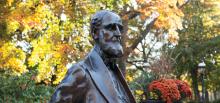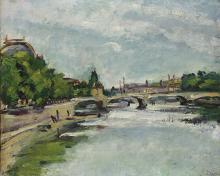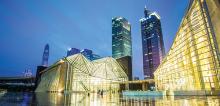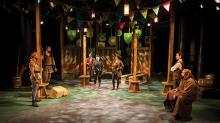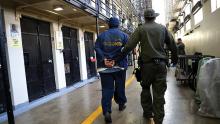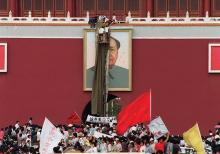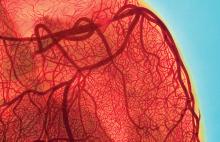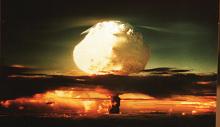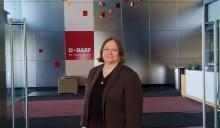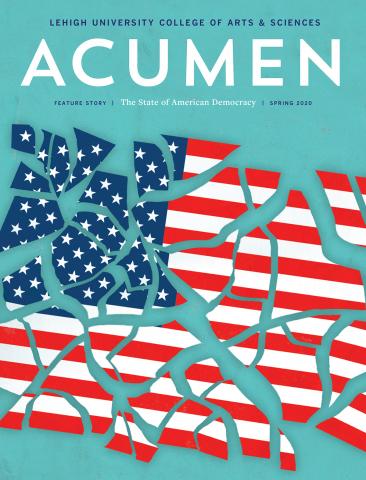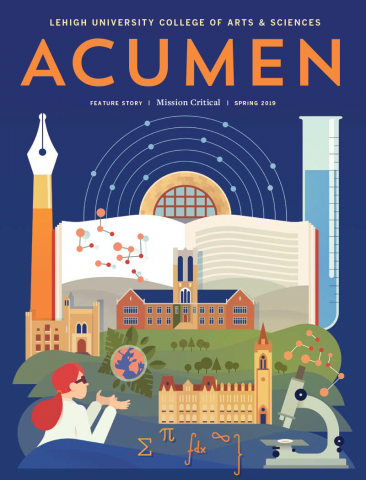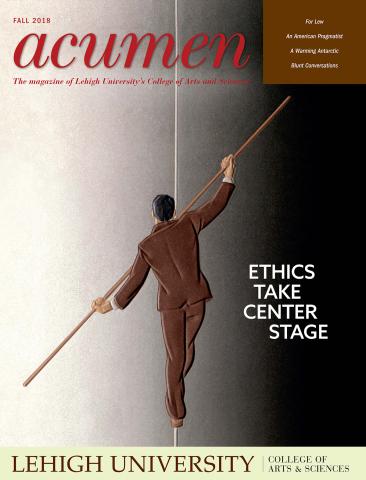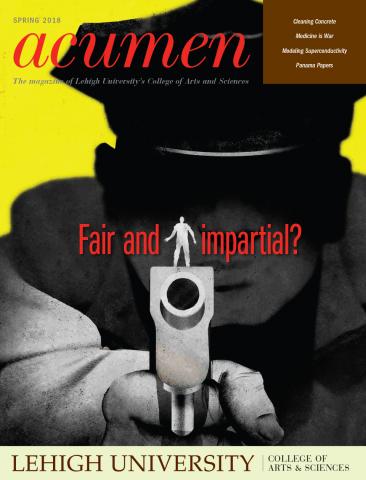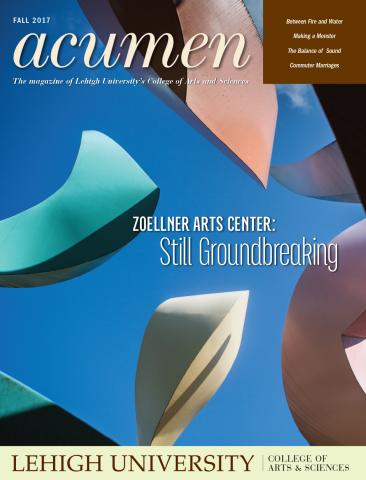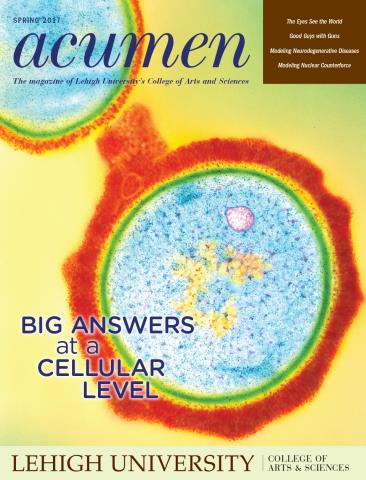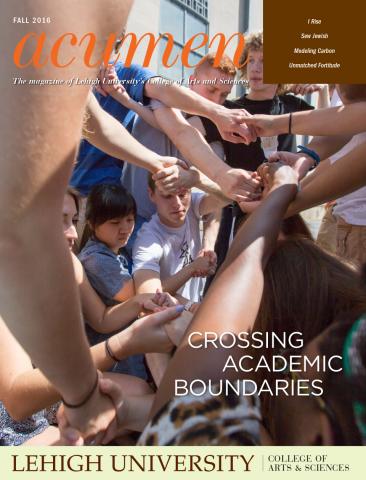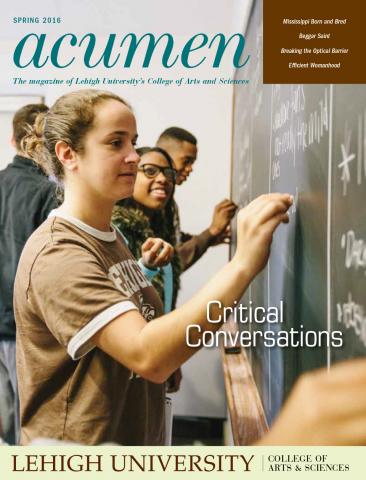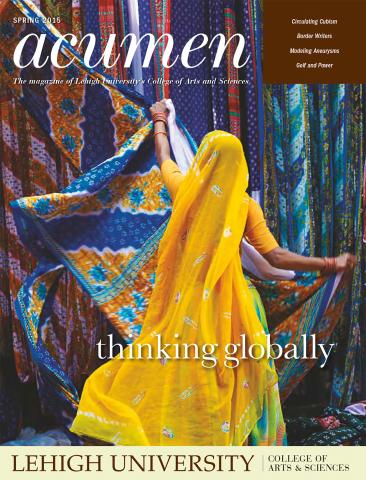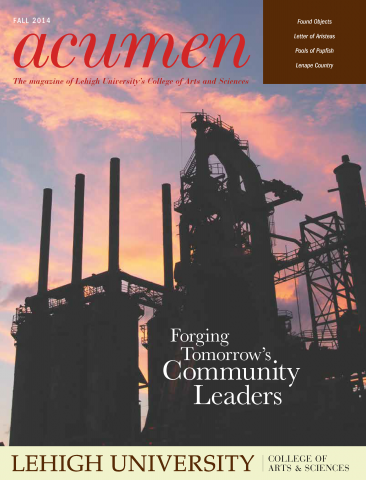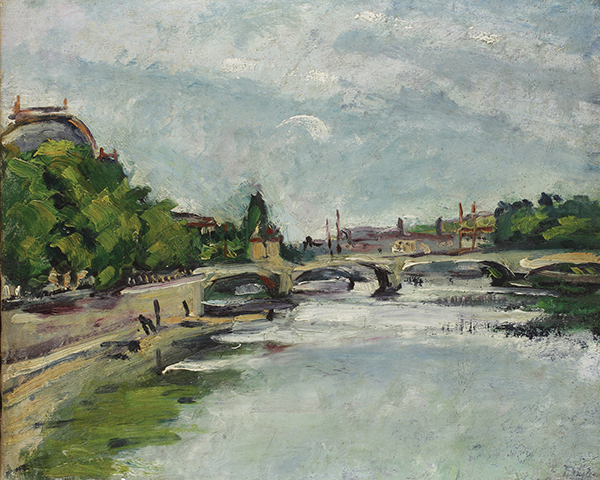
Although Friedrich Feigl was a foundational figure among modern Jewish artists of the early 20th century, history has all but erased his memory. Nicholas Sawicki recently curated a show focusing on the artist’s life and more than 80 work and involving more than 11 museums and private collections.
Feigl was a prominent modernist painter and printmaker from Prague and spent a large part of his career in Berlin and London. Sawicki, associate professor of art history in the department of art, architecture and design, has been studying Feigl’s work for over a decade in an effort to piece together his mostly forgotten history.
“We have in the art world, often, a gap between those figures we remember today as significant and those who actually attained recognition in their day, and Feigl is one of these figures. He is without a doubt the most prominent Jewish artist to emerge from Prague in the 20th century, and yet so little about him is known. If you look back at the historical record, you see he also had a great following among writers like Franz Kafka, to whom he was close.”
In 2013, Sawicki was approached by the Gallery of Fine Arts, a Czech state museum located in Cheb, with the idea of curating an exhibition of Feigl’s work. Staff at the gallery had read some of Sawicki’s previous publications and had wanted him to produce a show. For three years, he collaborated with the curators and scholars in the Czech Republic, Germany, England and the United States to prepare an exhibition. It first opened last summer and traveled in January to the city of České Budějovice.
The Gallery of Fine Arts has recently started organizing exhibitions of German and Jewish artists once active in Czechoslovakia, whose memory and legacy was mostly erased by World War II, the Holocaust and postwar communism. Feigl was Jewish and spent much of his life in the country, until the Nazis advanced on Prague in spring 1939, forcing him and his wife to flee for the west. They lost much of their family to the Holocaust and escaped for London, where Feigl joined a large community of exiled central European artists, writers and cultural figures.
To curate the show, Sawicki pulled together a collection of works spanning Feigl’s prolific career. He traveled extensively throughout Europe and the United States to research the artist’s work. In the exhibition, Feigl’s life and art unfold for viewers as they walk through the gallery space.
“The show maps the arc of his career and his life story. As we move through, we also see how his attention and style change and adapt over time,” he says.
Sawicki’s title for the show, Friedrich Feigl: The Eye Sees the World, takes its cue from what he has come to understand as a discerning feature of Feigl’s art—the way his innovative modernist works always retain a connection to the visible world, an unwavering interest in the observable subjects of his own surroundings. The exhibition coincides with the publication of the first major monograph on the artist, Friedrich Feigl, 1884-1965, which Sawicki prepared with colleagues in Prague and London.

